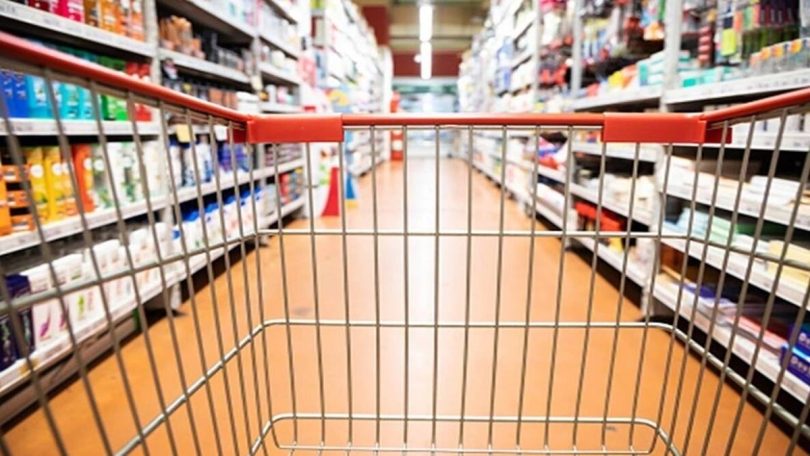[ad_1]
There’s a post-festive hangover across the consumer durables and staples space. Sales were expected to be less brisk after October, but the numbers are more subdued than anticipated.
Nomura’s consumption tracker has fallen from 11 percentage points above its pre-pandemic level in the June quarter to just five percentage points in the September quarter and further to a shade below its pre-pandemic level as of October. “Consumer sentiment is recovering, but remains worryingly K-shaped. Overall, the festive boost is a positive, but the outlook on consumption is more mixed,” Sonal Varma, chief economist India and Asia Pacific (ex Japan), Nomura, wrote recently.
Nilesh Gupta, MD of Vijay Sales, told FE that sales in November were flat. “Sales had risen by about 5-7% last year post Diwali, but it has not been as good this time,” Gupta said. He added that premium merchandise continued to attract some demand but the interest in mass products was poor.
Also Read: Govt likely to allocate Rs 15,500 crore for crop insurance for FY24
Analysts said the growth in the smart television market has slowed in the October-December quarter owing to higher inventory in channels and weakening demand post the festive season sales. They have pegged their growth estimates for the December quarter at only 8-9% year-on-year compared with 38% in the September quarter.
Other dealers in household appliances that FE spoke to said fewer customers were seen in stores post Diwali. “We have seen purchases fall by about 20-25% post October,” said a dealer in a prime location in Mumbai. He added that the enquiries related more to television sets rather than appliances such as washing machines or refrigerators and conversions were low. Another dealer in smart phones and smart watches also confirmed customer traffic was weak.
According to retail intelligence platform Bizom, the value growth in FMCG sales saw a 15% month-on-month decline in November, partly because there was less stocking by kiranas after October. One reason for the muted sales could be the higher prices of products. Demand appears to have been badly hit in rural areas where it fell 17% m-o-m in November, while in urban markets it was down 10%.
The weak rural demand is not surprising as the increase in real rural wages has been negative for 10 months in a row till September. Economists point outed that household savings fell sharply in FY22 even as liabilities went up. The momentum in private final consumption expenditure eased sequentially in Q2Fy23 to just 0.5% from 0.8% in the June quarter. Players in the consumer durables sector had indicated tepid sales in the initial phase of the festive season with soft demand though there was a pick-up towards the end of the season. Most companies reported significant y-o-y drop in earnings in Q2FY23 despite reasonably good revenues driven by price inflation.
[ad_2]
Source link








